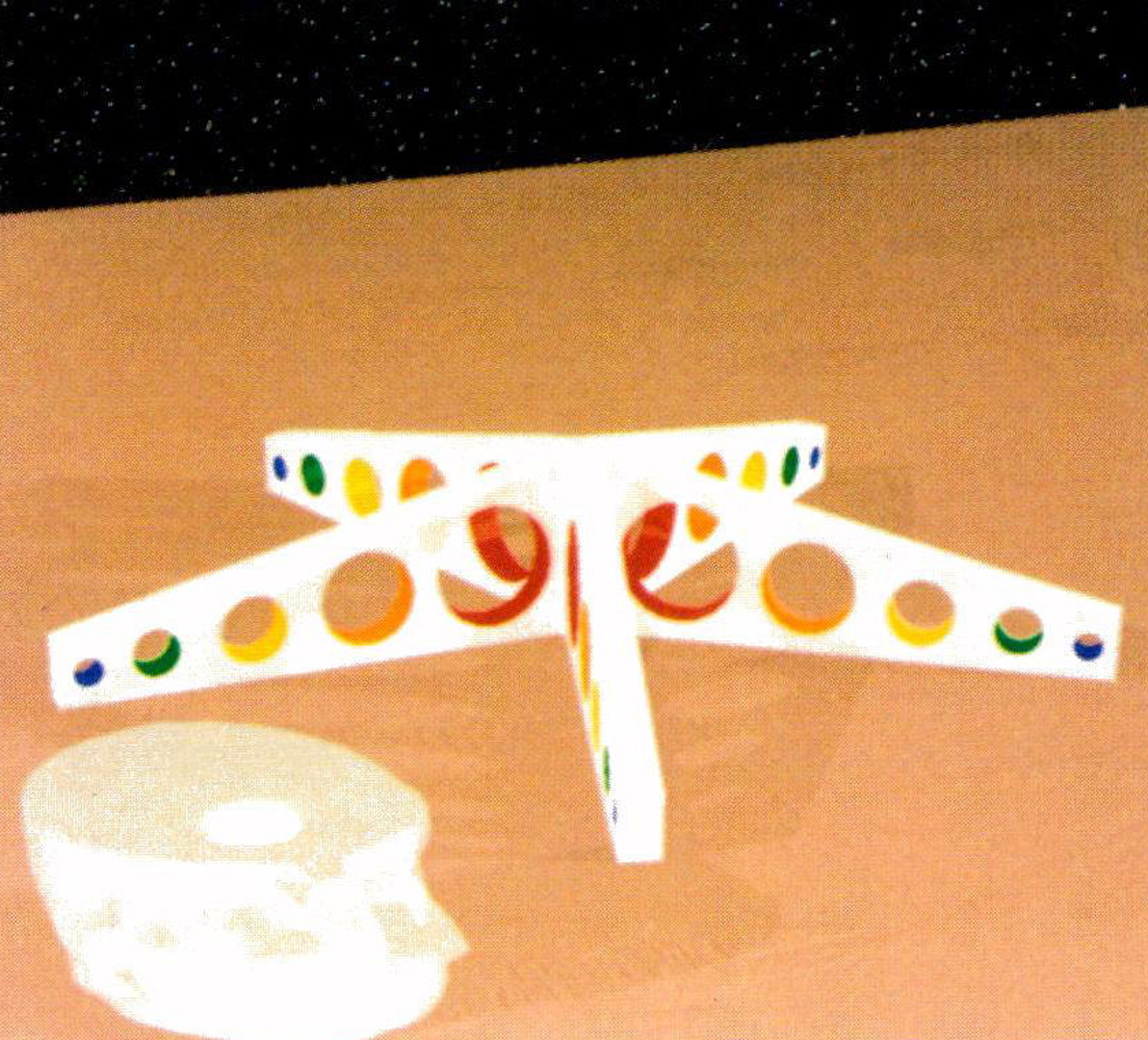“Set operations on polyhedra using binary space partitioning trees” by Thibault and Naylor
Conference:
Type(s):
Title:
- Set operations on polyhedra using binary space partitioning trees
Presenter(s)/Author(s):
Abstract:
We introduce a new representation for polyhedra by showing how Binary Space Partitioning Trees (BSP trees) can be used to represent regular sets. We then show how they may be used in evaluating set operations on polyhedra. The BSP tree is a binary tree representing a recursive partitioning of d-space by (sub-)hyperplanes, for any dimension d. Their previous application to computer graphics has been to organize an arbitrary set of polygons so that a fast solution to the visible surface problem could be obtained. We retain this property (in 3D) and show how BSP trees can also provide an exact representation of arbitrary polyhedra of any dimension. Conversion from a boundary representation (B-reps) of polyhedra to a BSP tree representation is described. This technique leads to a new method for evaluating arbitrary set theoretic (boolean) expressions on B-reps, represented as a CSG tree, producing a BSP tree as the result. Results from our language-driven implmentation of this CSG evaluator are discussed. Finally, we show how to modify a BSP tree to represent the result of a set operation between the BSP tree and a B-rep. We describe the embodiment of this approach in an interactive 3D object design program that allows incremental modification of an object with a tool. Placement of the tool, selection of views, and performance of the set operation are all performed at interactive speeds for modestly complex objects.
References:
1. D. Ayala, P. Brunet, R. Juan, and 1, Navazo, “Object Representation by Means of Nonminimal Division Quad trees and Octrees,” ACM Transactions on Graphics Vol. 4(1) pp. 41-59 (January 1985).
2. Jon Louis Bentley and Jerome H. Friedman, “Data Structures for Range Searching,” Computing Surveys Vol. 11(4), pp. 397-409 (December 1979).
3. Ingrid Carlbom, Indranil Chakravarty, and David Vanderschel, “A Hierarchical Data Structure for Representing the Spatial Decomposition of 3-D Objects,” 1EEE Computer Graphics and Applications, pp. 24-31 (April 1985).
4. H. Fuchs, Z. Kedem, and B. Naylor, “On Visible Surface Generation by a Priori Tree Structures,” Computer Graphics 1Iol. 14(3), (June 1980).
5. Henry Fuchs, Gregory D. Abram, and Eric D. Grant, “Near Real-Time Shaded Display of Rigid Objects,” Computer Graphics VoL 17(3) pp. 65-72 (July 1983).
6. Yehuda E. Kalay, “Determining.the Spatial Containment ofa Point in General Polyhedra,” Computer Graphics and Image Processing Vol. 19 pp. 303-334 (1982).
7. David H. Laidlaw, W. Benjamin Trumbore, and John F. Hughes, “Constructive Solid Geometry for Polyhedral Objects,” Computer Graphics Vol. 20(4)pp. 161-170 (August 1986).
8. Martii Mantyla and Markku Tamminen, “Localized Set Operations for Solid Modeling,” Computer Graphics I/ol. 17(3) pp. 279-288 (July 1983).
9. D. Meagher, “Geometric Modeling using Octree Encoding,” Computer Graphics and Image Processing 1Iol. 19(June 1982).
10. Bruce F. Naylor, “A Priori Based Techniques for Determining Visibility Priority for 3-D Scenes,” Ph.D. Thesis, University of Texas at Dallas (May 1981).
11. Bruce F. Naylor and William C. Thibault, “Application of BSP Trees to Ray-Tracing and CSG Evaluation,” Technical Report GIT-ICS 86/03, School of Information and Computer Science, Georgia Institute of Technology, Atlanta, Georgia 30332 (February 1986).
12. Franco P. Preparata and Michael ion Shamos, Computational Geometry: An Introduction, Springer-Verlag, New York (1985).
13. L. K. Putnam and P. A. Subrahmanyam, “Boolean Operations on n-Dimensional Objects,” IEEE Computer Graphics and Applications, pp. 43-51 (June 1986).
14. Aristides A. G. Requicha and Robert B. Tilove, “Mathematical Foundations of Constructive Solid Geometry: General Topology of Closed Regular Sets,” TM-27a, Production Automation Project, University of Rochester, Rochester, New York 14627 (June 1978).
15. Aristides A. G. Requicha, “Representations for Rigid Solids: Theory, Methods, and Systems,” Computing Surveys 1Iol. 12(4) pp. 437-464 (December 1980).
16. Aristides A. G. Requicha and Herbert B. Voelcker, “Boolean Operations in Solid Modeling: Boundary Evaluation and Merging Algorithms,” Proceedings of the IEEE Vol. 73(1) pp. 30-44 (January 1985).
17. Scott D. Roth, “Ray Casting for Modeling Solids,” Computer Graphics and Image Processing Vol. 18 pp. 109-144 (1982).
18. R. A. Schumacker, R. Brand, M. Giltitand, and W. Sharp, “Study for Applying Computer-Generated Images to Visual Simulation,” AFHRL-TR-69-14, U.S. Air Force Human Resources Laboratory (t969).
19. William C. Thibault, “Application of Binary Space Partitioning Trees to Geometric Modeling and Ray-Tracing”, Ph.D. Dissertation, Georgia Institute of Technology, Atlanta, Georgia, (1987).
20. Robert B. Tilove, “Set Membership Classification: A Unified Approach to Geometric Intersection Problems,” IEEE Transactions on Computers VoL C-2900) pp. 874-883 (October 1980).
21. Robert Tilove, “A Null-Object Algorithm for Constructive Solid Geometry,” Communications of the ACM Vol. 27(7) (July 1984).
22. J. R. Woodwark and K. M. Quinlan, “Reducing the effect of complexity on volume model evaluation,” Computer Aided Design Vol. 14(2) (1982).




